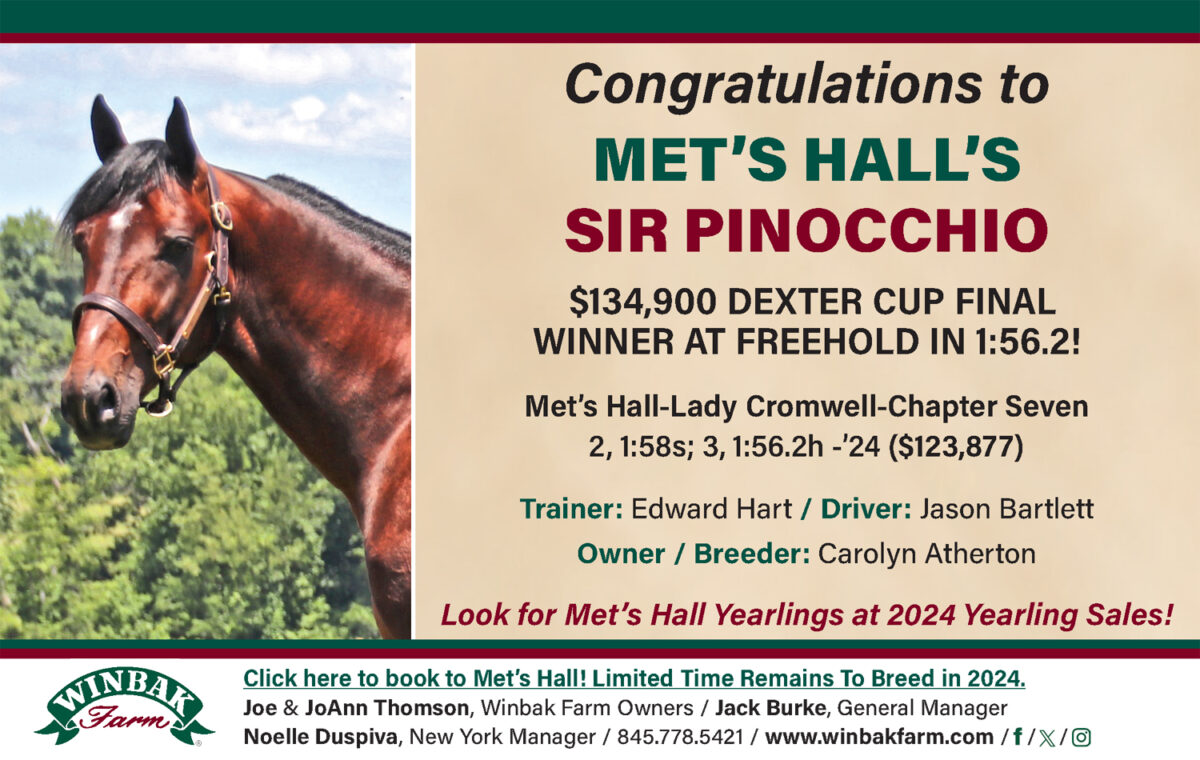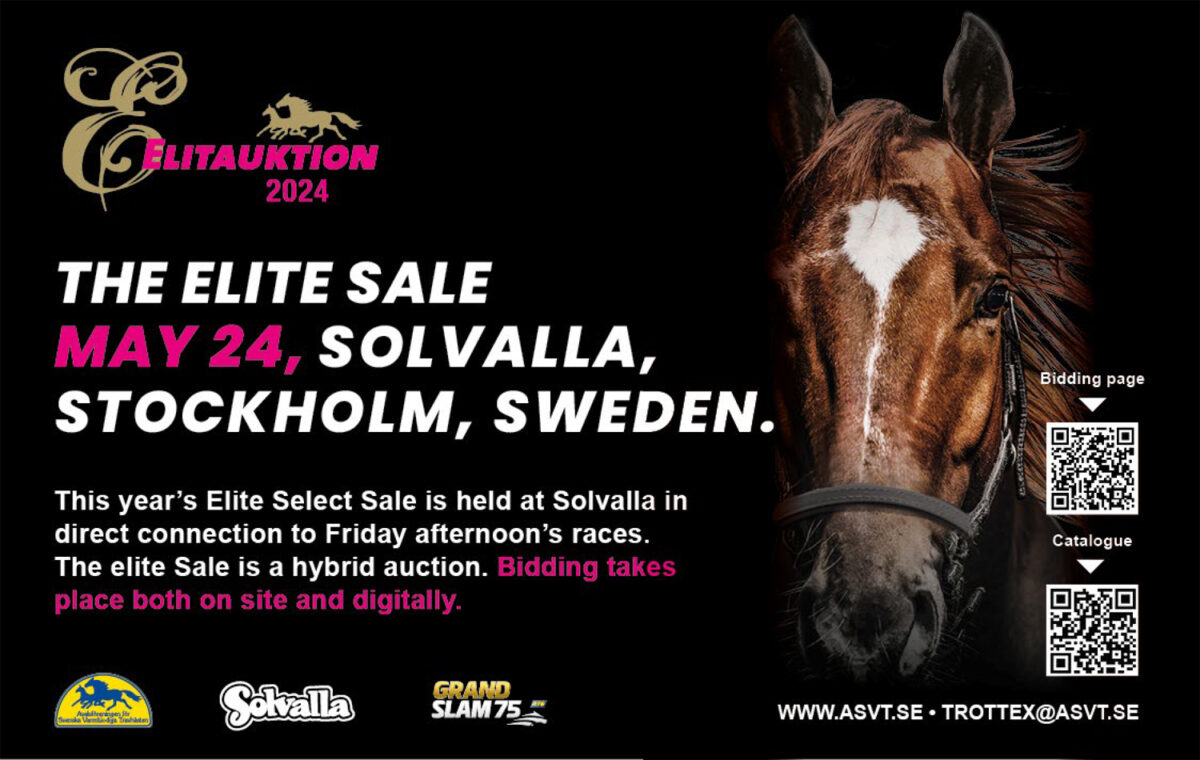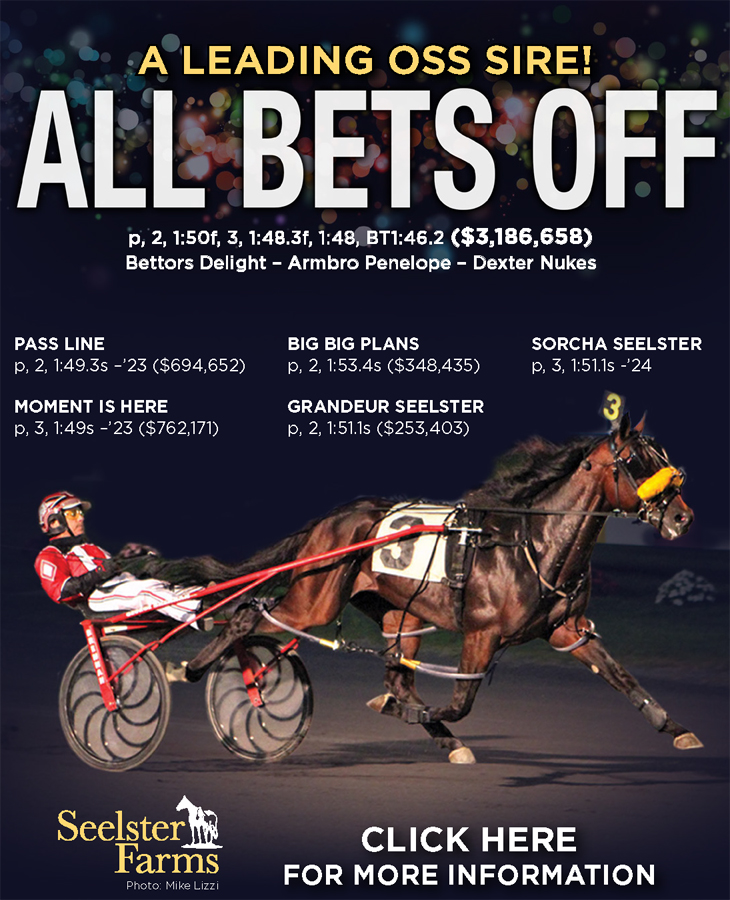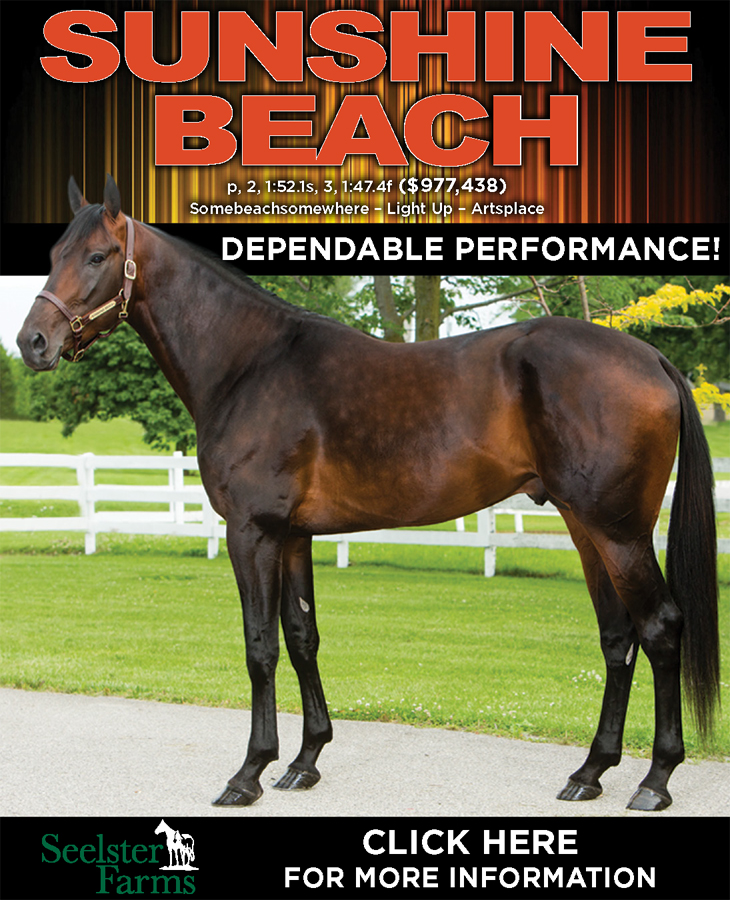

Archie McNeil talks about his long journey in harness racing
by Murray Brown
“There are two things that life has granted me, without which I am certain that my journey through it would have been far more difficult; the first, only because it began earlier was harness racing and the other is meeting my wife, Kathy,” said Archie McNeil recently.
McNeil grew up in the small Nova Scotia town of Sackville, less than a 10-minute walk from Sackville Downs, then known as the “Harness Centre of the Maritimes.”
“It was there that I first met Bill O’Donnell, beginning a friendship that has lasted for more than 60 years,” McNeil said. “We are still the best of friends, speaking on an almost daily basis. I wasn’t the slightest bit interested in school. All I cared about was horses and harness racing. When I was 17, I left home for the promised land of California to work for Joe O’Brien in Shafter. I stayed with Joe for about a year. I guess I might have become homesick and came back home. A year later, I suppose California beckoned me back and I went to work for Jim Dennis in 1966. That was probably the number one break of my career in the sport.
“If ever there was a person who I would describe as a consummate horseman, that person was Jim Dennis. He did it all and did it all extremely well. He drove. He trained. He ran a great stable and perhaps most importantly he was a great person. I think that perhaps history has short changed him from receiving the recognition that such a person is due.
“I worked for Jim for two years and then got the itch that many young people involved in the sport sometimes get. I wanted to go out on my own and drive my own stable of horses. What did Jim do? Instead of being upset with me for leaving him, He was completely supportive of my decision. As a bridge, to my hopefully budding career, he sent me to Chicago with eight of his best horses with which he put me down to drive. Looking back, I think of the enormity of what he did for me. Here I was a young relatively inexperienced kid being entrusted with driving the horses of one of the country’s leading stables. The horses were good and they performed well. Because of them, I started to get more work and some catch drives. I began to get some owners. I received an offer to go to work as the contract trainer/driver of Ohio owner Jerome Osborne.”
Let’s start there. What can you tell us about that job?
“Mr. Osborne’s horses were stabled at Northfield Park and his horses raced there as well as throughout the then, as it now is once again, thriving Ohio Fair Circuit. It was there that I had my first really good horse. His name was Osbornes Creed. He was by far the top 2- and 3-year-old pacer on the circuit. It was through him that I got to go to Lexington and The Red Mile for the first time. While there I met Glen Garnsey. Glen had been working for K. D. Owen, but had just been hired as the contract trainer/driver for Castleton Farms. Glen mentioned that Mr. Owen was looking for someone to take his place and arranged for me to meet him.”
How was it working for Owen?
“At the beginning it was wonderful. Mr. Owen was a brilliant man. He was charming and generous. He had a well-deserved reputation of being difficult with his trainers. Very few of them lasted any length of time before they were fired. Glen was perhaps the exception. He was one of the few who left Mr. Owen’s stable before being dismissed. I wasn’t near as lucky. I lasted a little more than a year. Looking back at it objectively, I think that Mr. Owen’s expectations for his horses were often unrealistic. He truly loved his horses. He referred to them as his ‘old friends.’ When shopping for yearlings, finding one of his ‘friends’ on a pedigree page would often be the hook that ensnared him. When his horses didn’t perform to his expectations, he didn’t blame the horse. He would blame the trainer or the driver. Occasionally he might have even been right.”
Where did you go from there?
“I set up my own public stable. I did reasonably well for some time. I had some good horses. I trained and owned part of Armbro Dallas, one of the very few horses to ever beat Nihilator. I got an interesting phone call that evening. Ronnie Waples and I owned him together and Ronnie told this reporter to call me. The man wanted to know why Armbro Dallas was a gelding. Didn’t I know that he would have been more valuable as a stallion as one of the few horses that had beat Nihilator? I told him that at the time I had him gelded, he was just a nice horse that I thought would be better as a gelding. Somehow, I don’t think my message got through. We eventually sold him to Sue Grange’s Lothlorien Stables.
“Another very good horse I had and I suppose my all-time favorite was Champagne Lobell. He was a real warrior. He was a perfect horse in just about every way. As a driver, all I had to do with him was sit until around the three quarters. Than he would take off quickly passing horses. Rare was the time where he didn’t go by horses in the stretch, often winning.”
Eventually things began to not go your way. What happened?
“The stable wasn’t going well as sometimes happens and it was starting to shrink. It became difficult to make ends meet. Even though the sport had been directly and indirectly responsible for just about everything good in my life I was having a tough go of it. I decided that maybe a change in life might be due. But what could I do? I had very little formal education and no work experience other than with horses. I spoke with a friend of mine, Randy Burrows, who was working for a pharmaceutical company. He arranged an interview for me. I was hired by Vetrepharm, a company that provides medications for equine veterinarians. I stayed with them for 30 years until they were sold to Bimeda. I stayed on with the new company and now at the age of 78, I am still with them.”
Are you still involved with harness racing?
“Oh yes. To a very large extent. All of my clients are equine veterinarians. Most of them take care of harness horses. I deal not only with them, but with their clients, the horse trainers as well.
“On a personal basis I’m still quite involved in the sport. I own horses that are trained by Nifty Norman and Mark Beckwith. O’Donnell has been my partner on some of them. I suppose the best horse I own is a French import named Echo de Meautis. We had a chance to buy him and I told Mark I was in. I called Billy O and asked him if he wanted a piece. In O’Donnell’s inimitable manner he said, ‘I don’t want any part of a F@#$& French trotter.’ He made over $100,000 for us last year. Nifty has a Captaintreacherous Down Under horse named Jilliby Dynamite for us that won in 1:48.2 at Chester and nobody even knows his name. Can you believe that?”
On that theme, why are they going that fast?
“The horses are better. The drivers are better and more aggressive. I’m not that sure about the trainers, but they are pretty good. A big factor is the absence of the hub rail. Because of that, there are by definition fewer steps in a mile. This has been a plus and perhaps a bit of a minus for the drivers. The huge plus is that racing is far safer because the rail is gone. The minus is that maybe it allows them to be a little more reckless knowing that they have an exit strategy.”
What is life like for you these days?
“Kathy, who I consider to be the rock of my life, and I have been married for 33 years. We live in Westboro, MA, about 23 miles from Boston. We are about a 10-minute drive from Plainridge Raceway. I’ll occasionally get in the cart and sit behind one. I like to think I awake each day with a smile on my face looking forward to what the future will bring.”
Let’s close out on that kid that my old eyes remember as a budding juvenile delinquent, your son Donald.
“There were times in his youth when Donald was to put it kindly, rambunctious. He was going to a junior college and was kind of ungrounded, when one day he called me to say ‘Dad I’m thinking of joining the navy. What do you think?’ I told him it was his life and I would be supportive, of anything he chose to do. The sailor at the enlistment center told him that if he enlisted for two years as he intended doing, he would end up doing grunt work like swabbing floors. However, if he chose to go for four years, he would be making a career for himself. That is what he did. At first, he became a medical corpsman. He then went to flight school and flew for 20 years rising through the ranks. He is now a Commander and second in command at the huge United States Naval base in San Diego. To say that I am proud of his success is indeed an understatement.”















